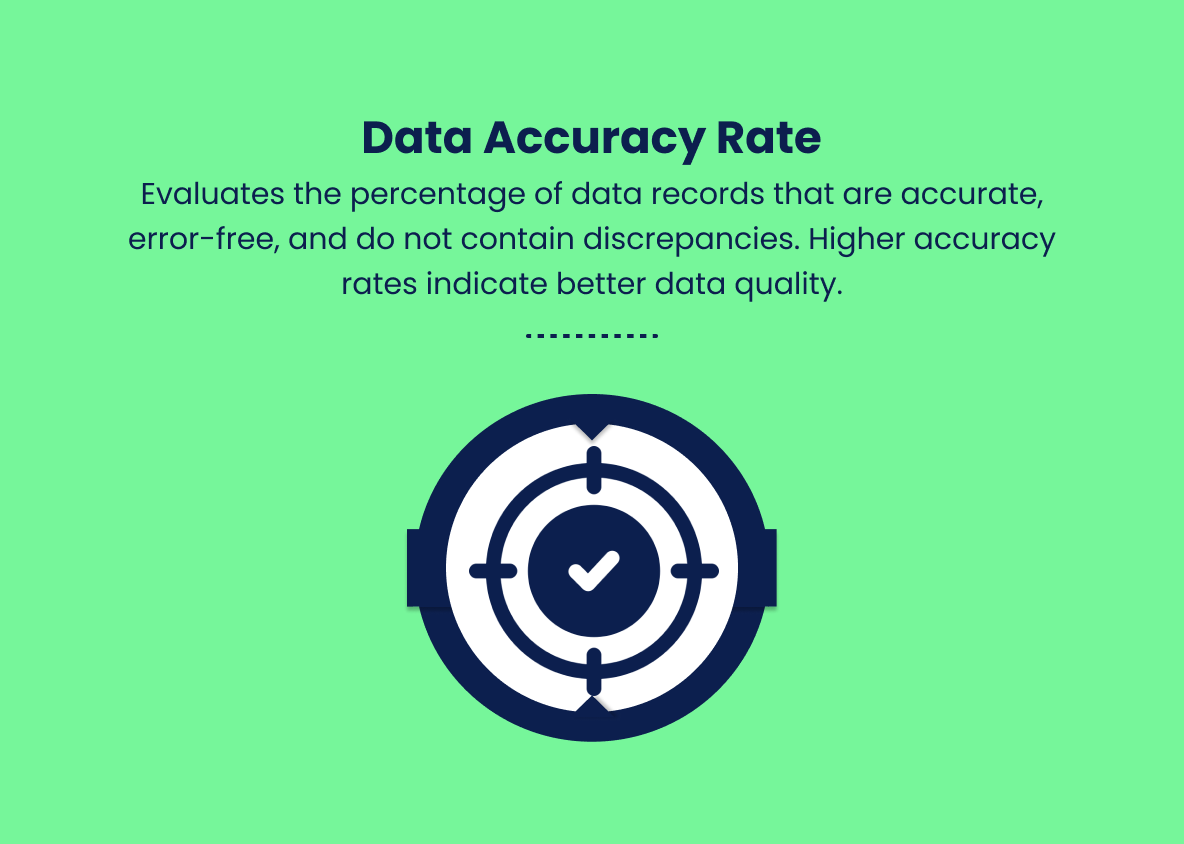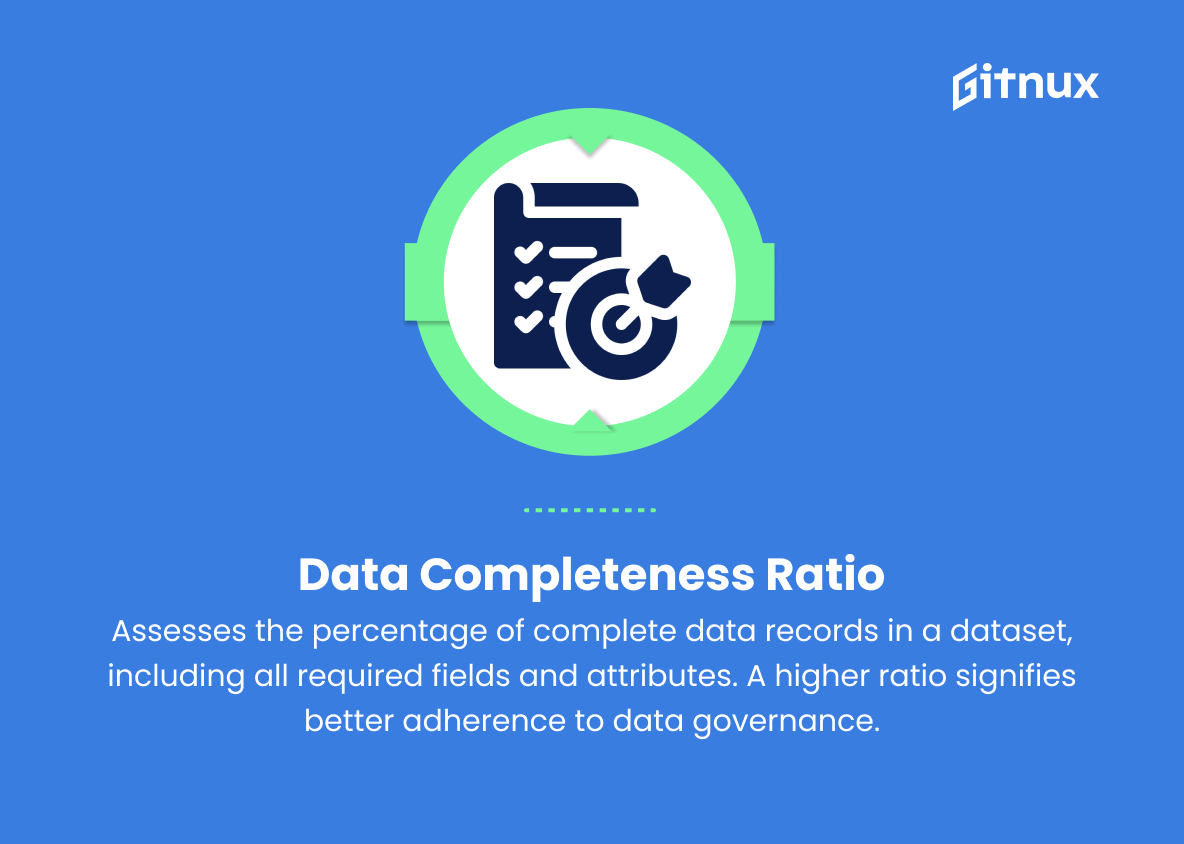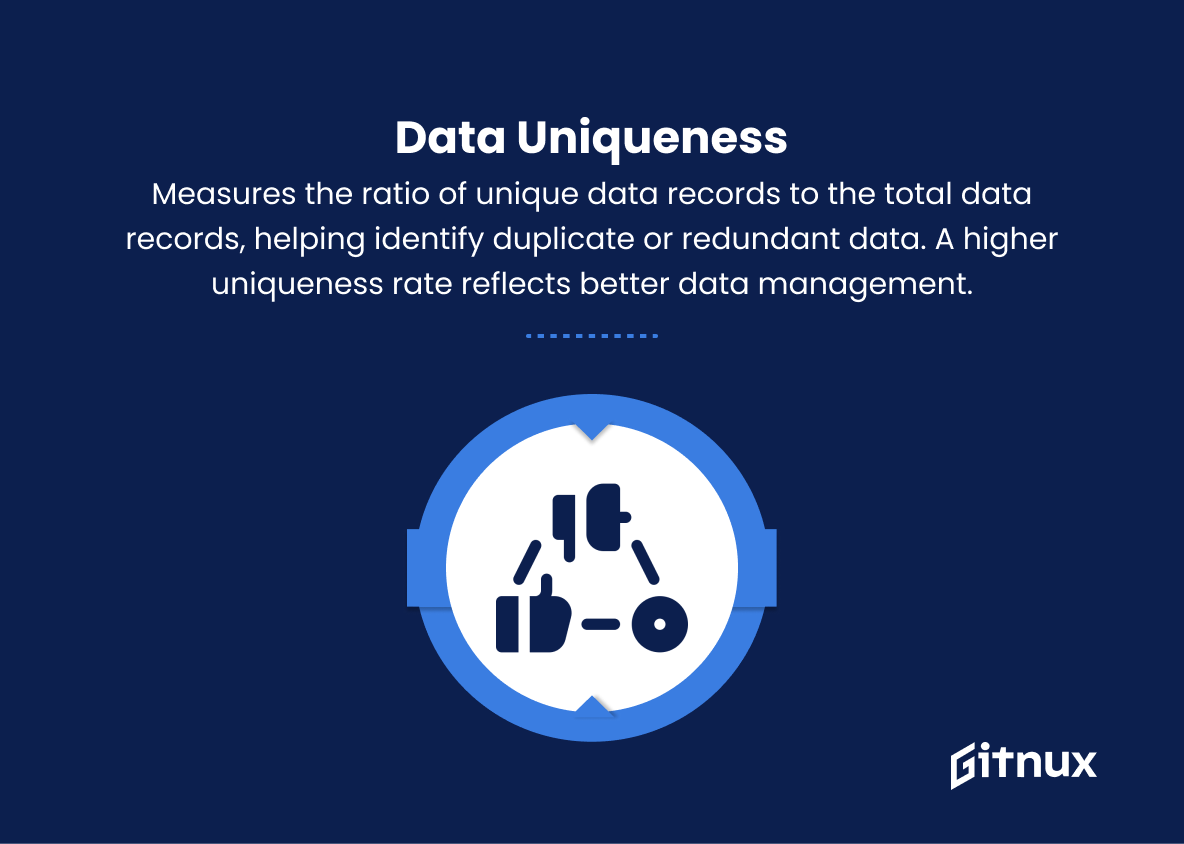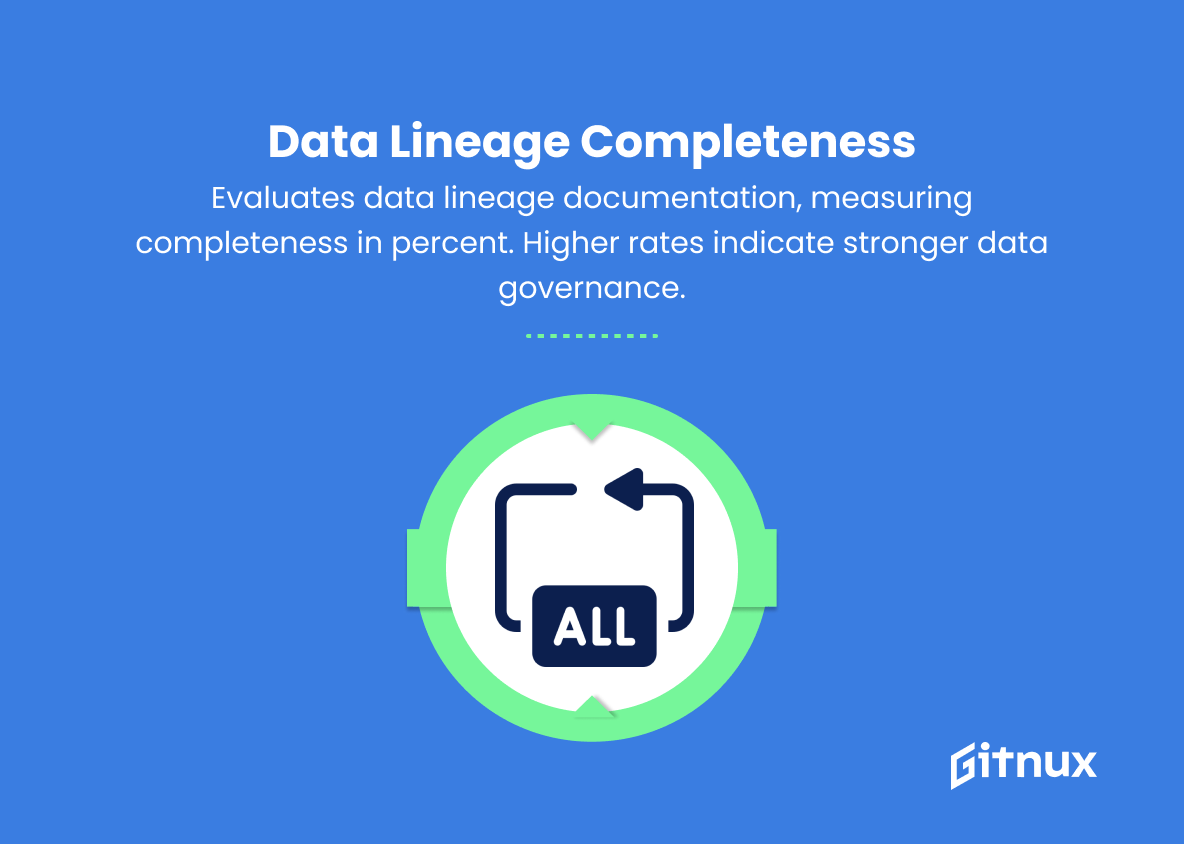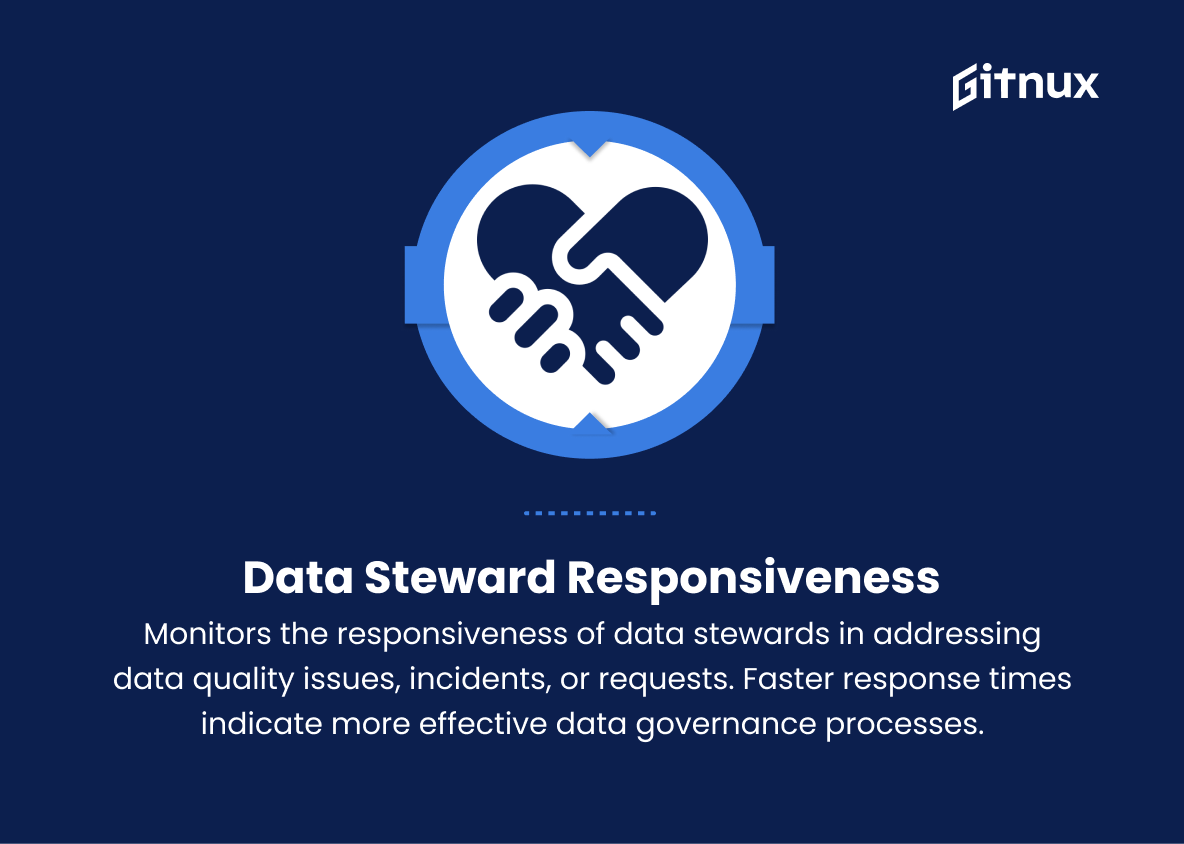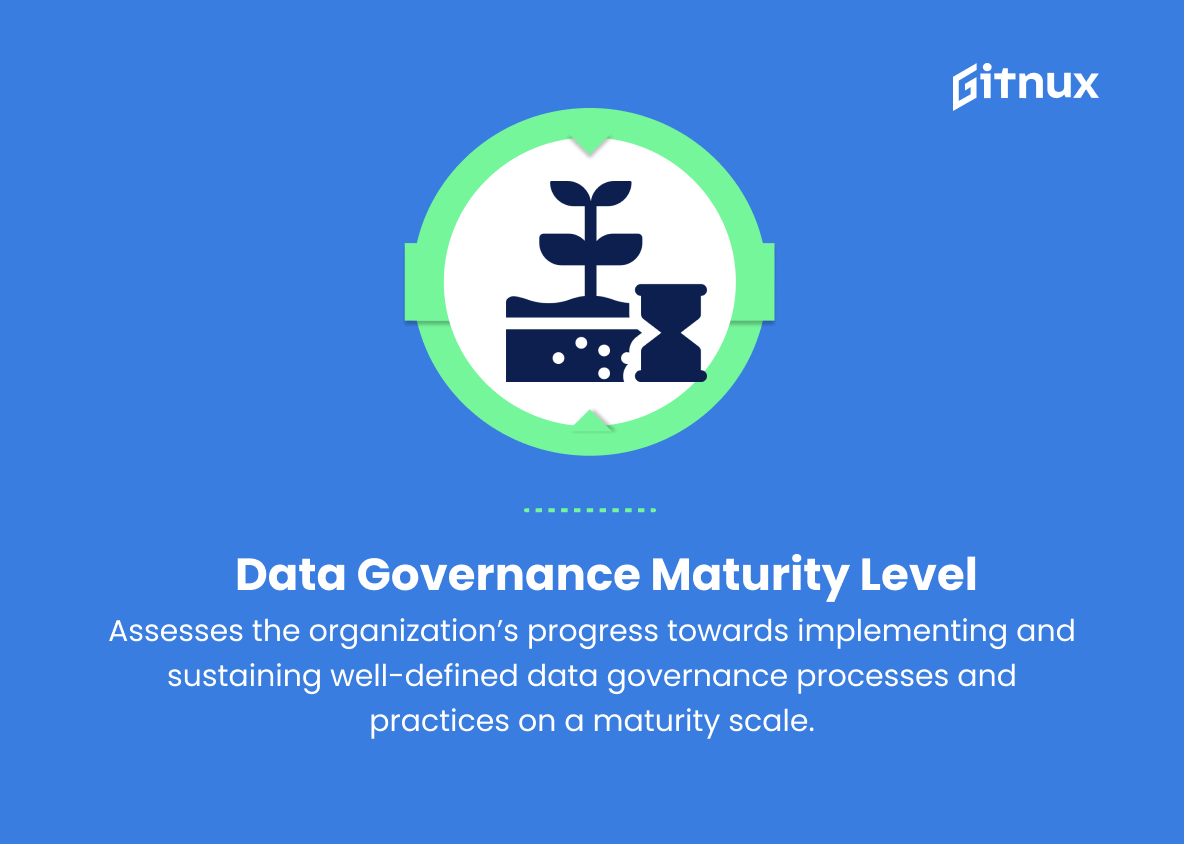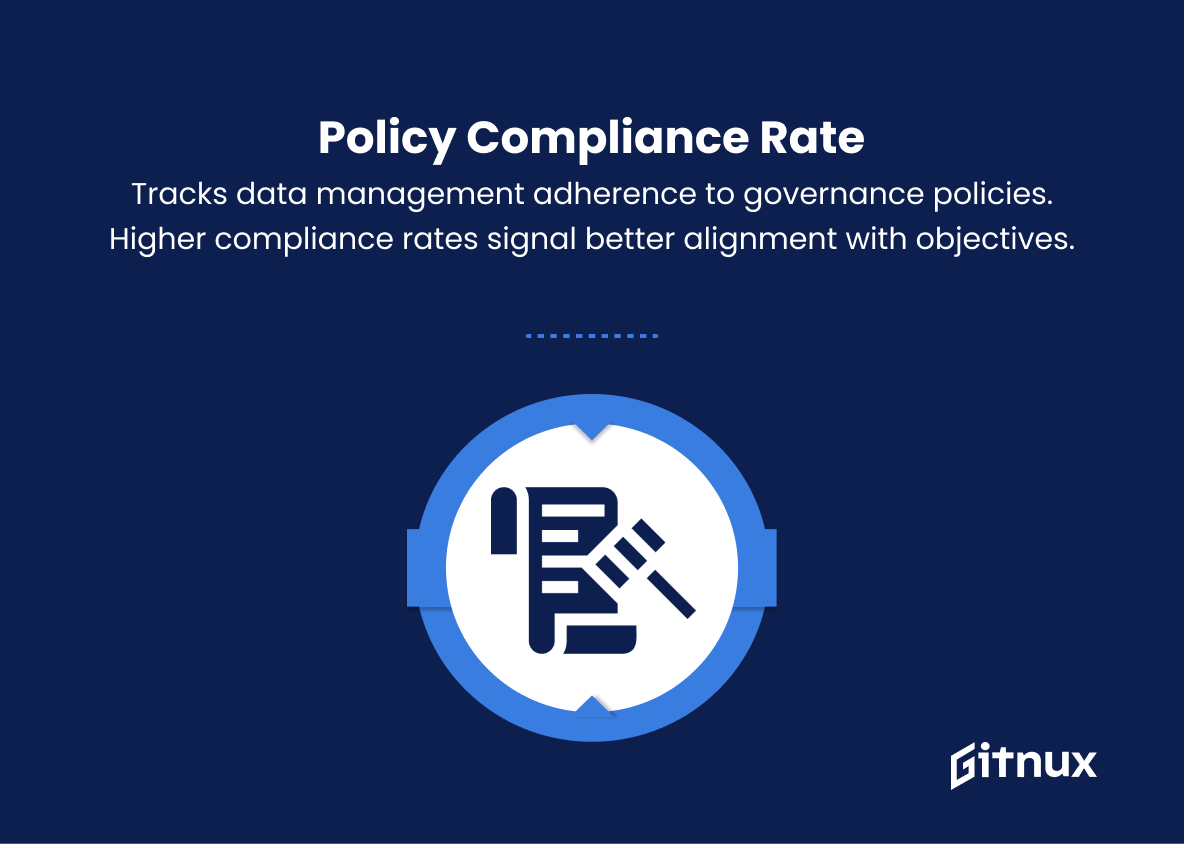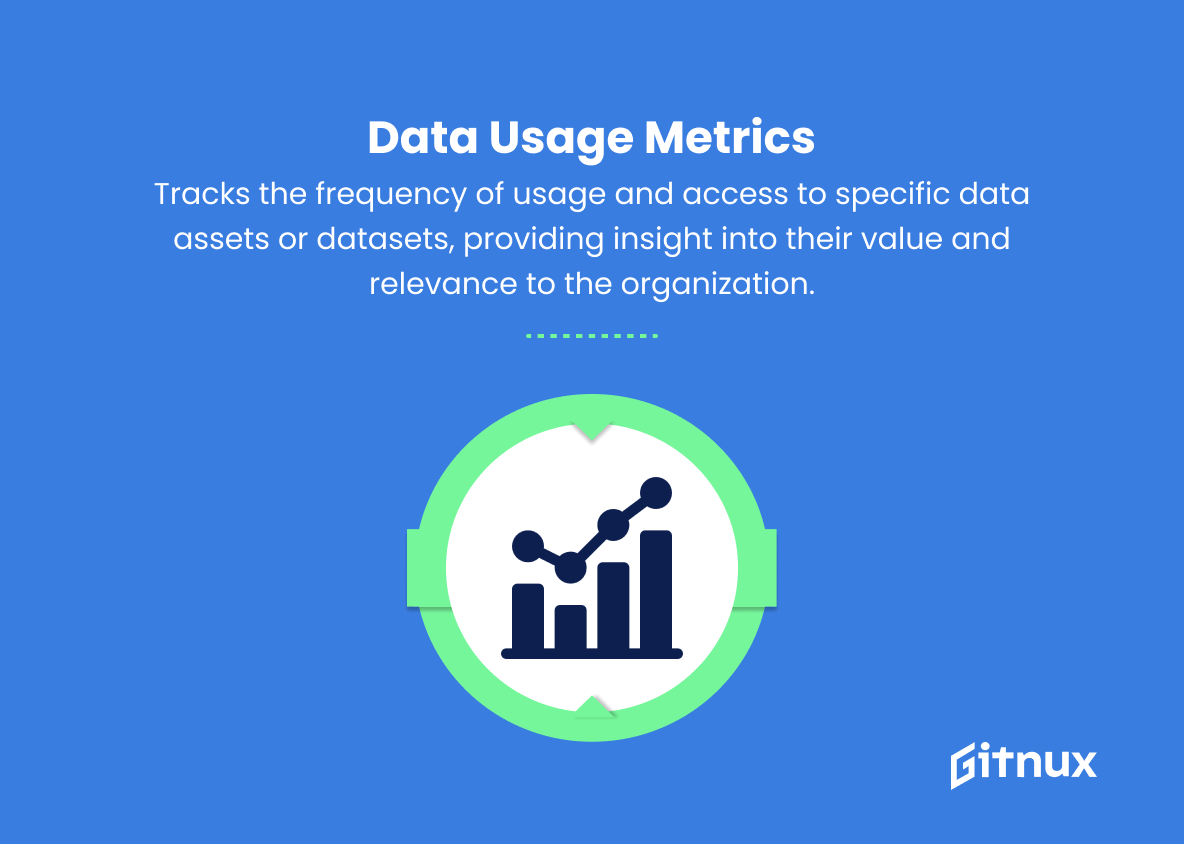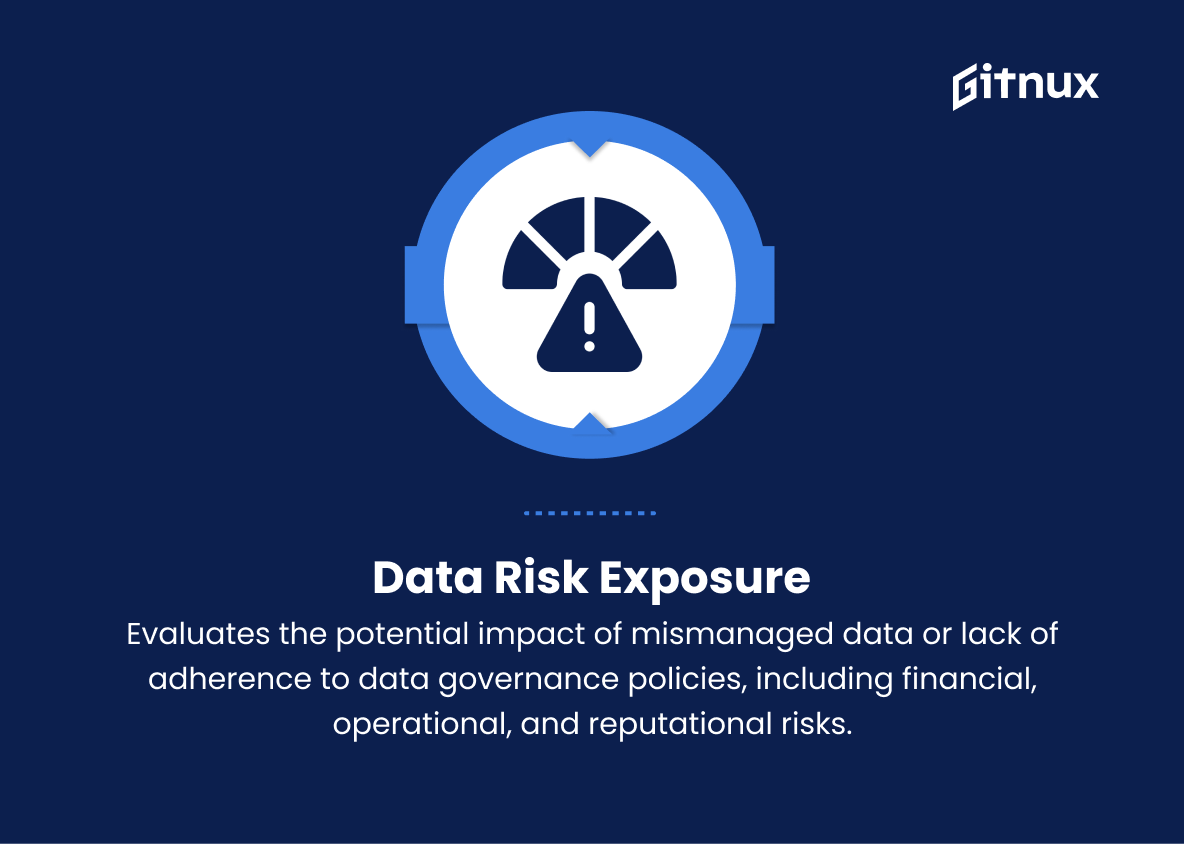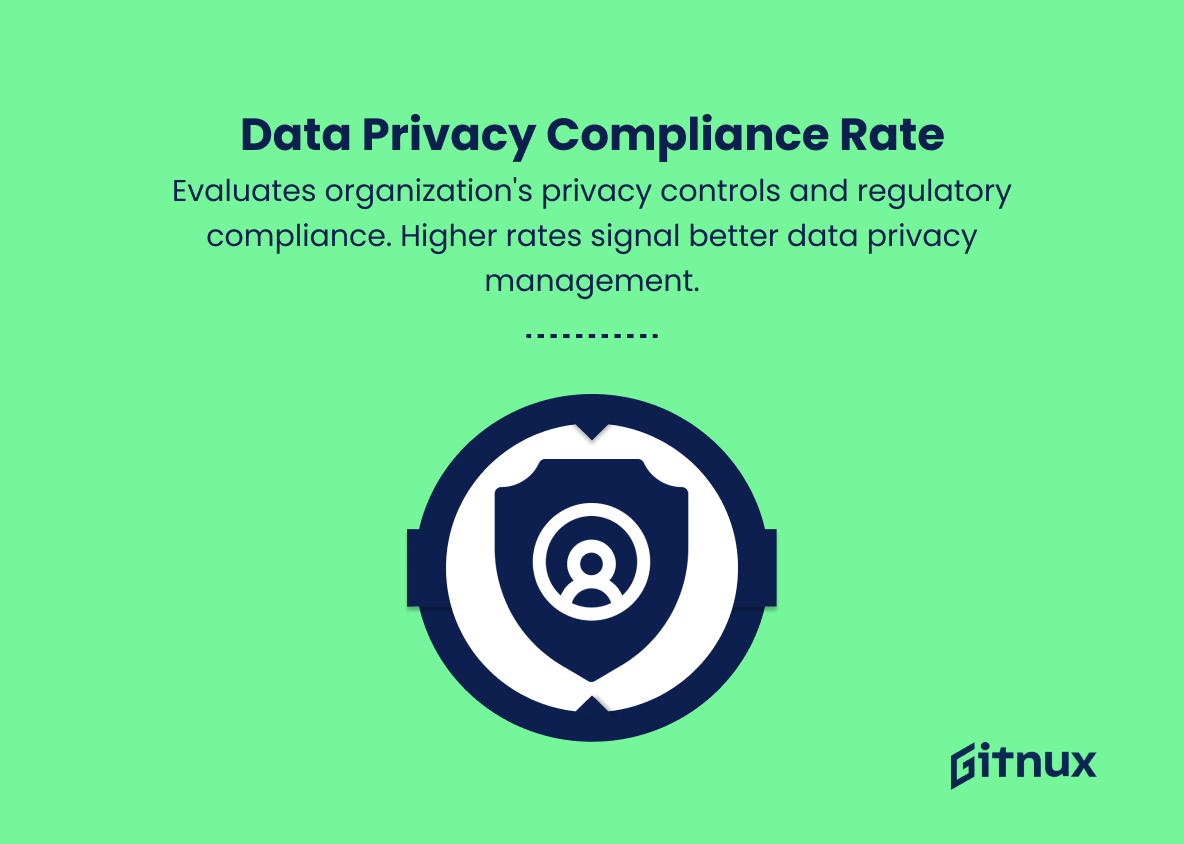In today’s data-driven world, the efficient management, usage, and protection of data has become an essential factor for businesses and organizations to succeed. Data governance, a discipline that provides a systematic approach to data management, has gained more prominence than ever before. Developing and monitoring data governance metrics plays a pivotal role in driving the effectiveness of governance initiatives, ensuring data quality, and cultivating a data-centric culture.
In this blog post, we will delve into the significance of data governance metrics, explore key performance indicators (KPIs), and share insights on how to measure and optimize them for sustained growth and success in the digital era.
Data Governance Metrics You Should Know
1. Data Quality Score
Measures the overall quality of data in terms of accuracy, completeness, consistency, integrity, and timeliness. A high score indicates well-governed, reliable data.
2. Data Accuracy Rate
Evaluates the percentage of data records that are accurate, error-free, and do not contain discrepancies. Higher accuracy rates indicate better data quality.
3. Data Completeness Ratio
Assesses the percentage of complete data records in a dataset, including all required fields and attributes. A higher ratio signifies better adherence to data governance.
4. Data Uniqueness
Measures the ratio of unique data records to the total data records, helping identify duplicate or redundant data. A higher uniqueness rate reflects better data management.
5. Data Timeliness
Evaluates the extent to which data is current, up-to-date, and available when required. Better timeliness indicates more reliable and trustworthy data.
6. Data Lineage Completeness
Gauges the percentage of data elements with fully documented data lineage information, including their origin, transformations, and dependencies. Higher completeness rates signify better data governance.
7. Data Steward Responsiveness
Monitors the responsiveness of data stewards in addressing data quality issues, incidents, or requests. Faster response times indicate more effective data governance processes.
8. Data Quality Issue Resolution Rate
Measures the percentage of resolved data quality issues, indicating the effectiveness of incident management and remediation processes.
9. Data Governance Maturity Level
Assesses the organization’s progress towards implementing and sustaining well-defined data governance processes and practices on a maturity scale.
10. Policy Compliance Rate
Monitors the adherence of data management operations to established data governance policies, guidelines, and standards. Higher compliance rates suggest better alignment with data governance objectives.
11. Data Catalog Coverage
Measures the percentage of data assets included in the data catalog or inventory. Higher coverage rates indicate a more comprehensive understanding and better management of data assets.
12. Data Usage Metrics
Tracks the frequency of usage and access to specific data assets or datasets, providing insight into their value and relevance to the organization.
13. Data Risk Exposure
Evaluates the potential impact of mismanaged data or lack of adherence to data governance policies, including financial, operational, and reputational risks.
14. Data Privacy Compliance Rate
Assesses the extent to which the organization has implemented required privacy controls and complies with data protection regulations (e.g., GDPR or CCPA). Higher compliance rates indicate better data privacy management.
Data Governance Metrics Explained
Data governance metrics are crucial in understanding and managing an organization’s data assets effectively. The Data Quality Score, Data Accuracy Rate, Data Completeness Ratio, Data Uniqueness, and Data Timeliness measurements ensure the quality, reliability, and usefulness of data, which plays a significant role in decision-making processes. Data Lineage Completeness and Data Steward Responsiveness enable organizations to trace the source of data and resolve data-related issues swiftly, enhancing overall data management.
The Data Quality Issue Resolution Rate and Data Governance Maturity Level are vital indicators of an organization’s effectiveness in managing data incidents and implementing sound governance processes. Policy Compliance Rate, Data Catalog Coverage, and Data Usage Metrics help ensure data operations align with set guidelines while identifying valuable and critical data assets.
Lastly, Data Risk Exposure and Data Privacy Compliance Rate measurements protect the organization from potential financial, operational, and reputational risks by identifying areas that need improvement, ensuring adherence to data protection regulations, and maintaining a strong data privacy posture.
Conclusion
In conclusion, effective data governance is a vital aspect of modern business operations, ensuring that organizations derive meaningful insights and make data-driven decisions. By implementing robust data governance metrics, companies can better monitor and manage their data assets, maintain compliance with industry regulations, and enhance overall data quality.
Moreover, these metrics highlight areas for potential growth and improvement within an organization’s data ecosystem, enabling them to capitalize on opportunities and stay ahead in today’s competitive business landscape. Through continuous evaluation and iteration of data governance metrics, organizations will prove better equipped to navigate the complexities of big data and reinforce their commitment to a data-centric future.

